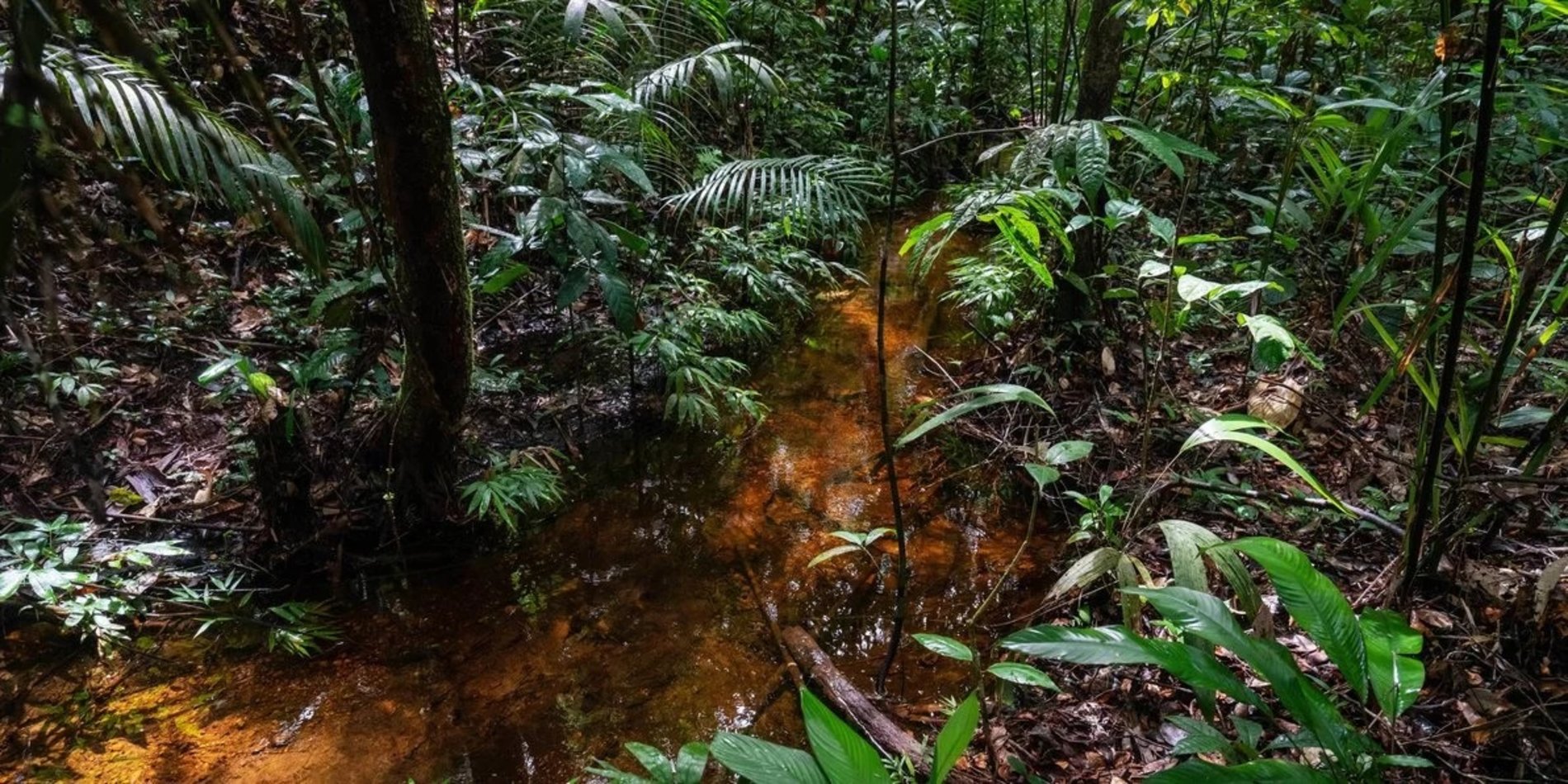'Getting a handle' on a potent climate threat
Spending days camping in a mosquito-filled swamp on the Indonesian island of Borneo, Alison Hoyt's goal was to measure methane emissions in tropical wetlands – one of the largest sources of the potent greenhouse gas. Then a graduate student, Hoyt spent a lot of time installing and monitoring sensors in challenging field conditions. Specialized environmental methane sensors cost upwards of $30,000 and struggled with the extreme humidity. Now at Stanford, Hoyt and collaborators are working on a new approach to overcome these challenges: calibrating commercially available sensors to do the job at a fraction of the cost. Networks of these sensors could be left unattended in remote field sites to continuously monitor emissions.
“My experiences in the field really motivated me to find a better way to collect data,” Hoyt said. “Getting a handle on greenhouse gas emissions gets more urgent every day, and no one knows exactly why methane levels in the atmosphere keep rising.”
At Stanford, Hoyt found the perfect collaborators in Debbie Senesky, an associate professor of aeronautics and astronautics who develops sensors for extreme environments from airplane engines to the surface of Venus, and Jack Lamb, a PhD student with previous experience in low-cost sensor development. With funding from the Stanford Woods Institute for the Environment’s Environmental Venture Projects grants program, their team is working to develop a network of low-cost autonomous sensors that can endure tropical environments while collecting real-time data about wetlands’ prodigious emissions of methane, a gas with global warming potential about 86 times as great as that of carbon dioxide over a 20-year period and at least 25 times as great a century after its release.
“Not many people are looking at this from a scientific perspective,” Senesky said. “We saw this as an opportunity to adapt our work, and conduct new sensor science in a really unique environment.”
The team’s project has the potential to revolutionize our understanding of greenhouse gas emission pathways, and open the door to applications such as smartphone sensors that crowd-source climate data. Their ambitions go beyond calibrating sensors only for wetland environments. They are seeking to understand how processes, such as humidity and temperature, fundamentally affect sensor behavior, then to generalize and make this useful across a broader range of environmental applications.
PhD student Lamb has been deploying the team’s prototype sensors in the Brazilian Amazon, alongside collaborators at the Mamirauá Institute for Sustainable Development. In the future they hope to share their sensors with a network of tropical researchers, who are best placed to collect new data and use it to inform ecosystem conservation.
The team is also working with a design firm on prototypes for manufacturing, while building new collaborations to reduce rice emissions, restore mangroves, and more. Along the way, they’ve reveled in opportunities to learn from each other and other Stanford researchers.
“It’s really embedded in the Stanford culture and at Woods – being able to cross disciplines and harness the expertise of others to create an enhanced program that wouldn’t be achievable otherwise,” Senesky said.




